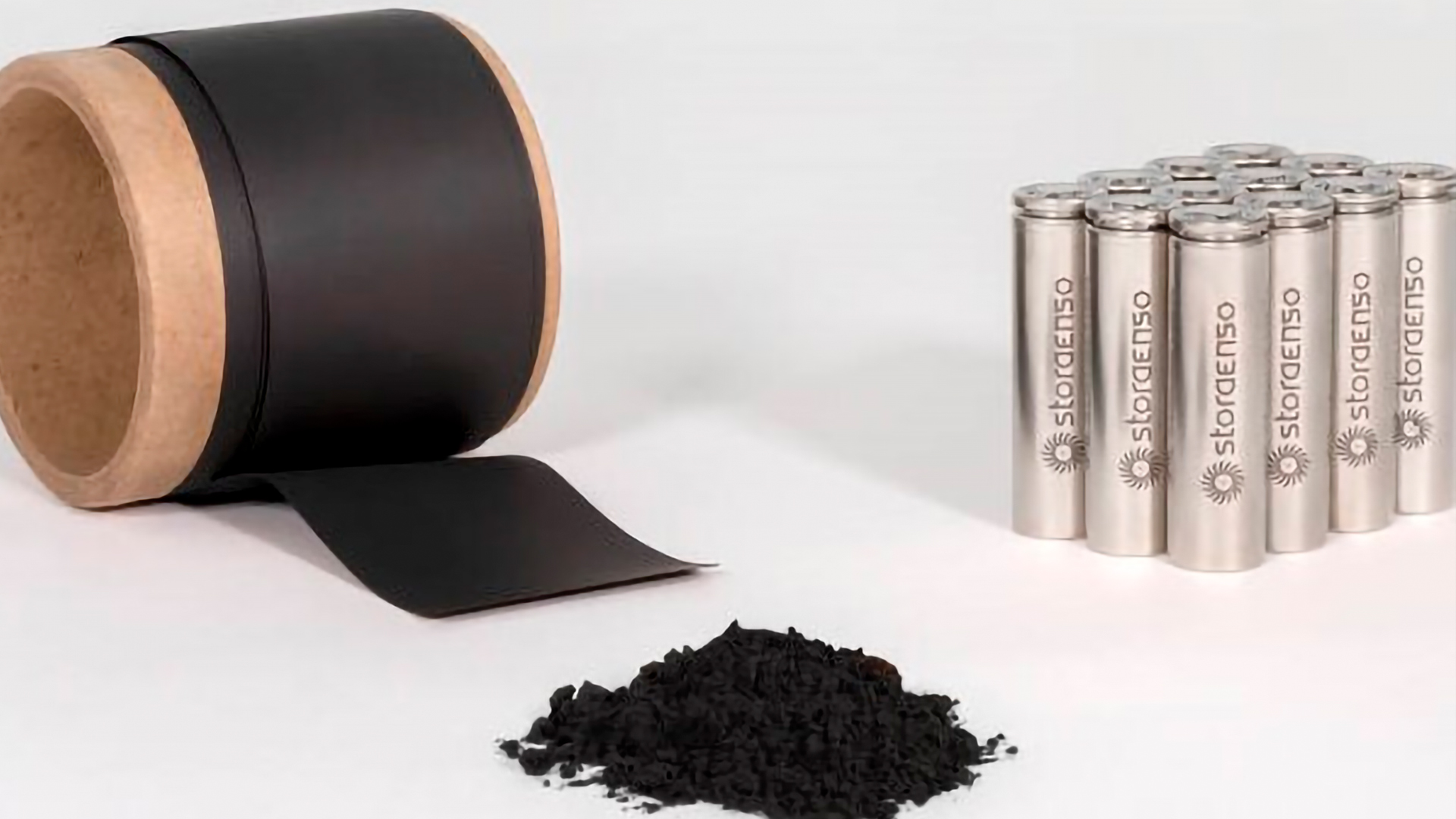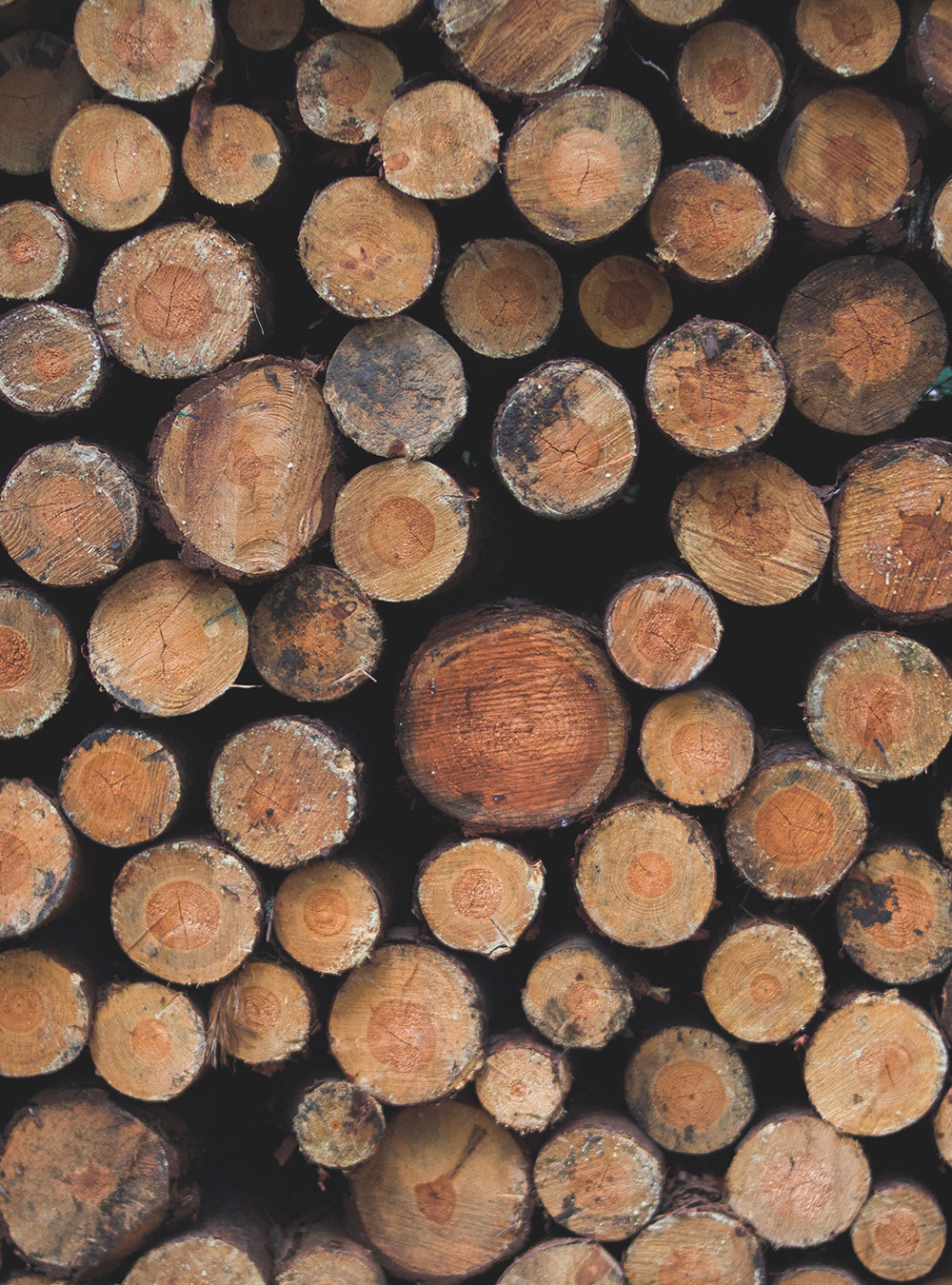How trees can be the next sources of sustainable batteries (and that charge in 8 minutes)
- Home
- Blog Posts
- How trees can be the next sources of sustainable batteries

About 8 years ago, a major Finnish paper producer realized that the world was changing.
The rise of digital media, the decline in office printing, and fewer people sending things by snail mail, among other factors, meant that paper had embarked on a steady decline.
About 8 years ago, a major Finnish paper producer realized that the world was changing. The rise of digital media, the decline in office printing, and fewer people sending things by snail mail, among other factors, meant that paper had embarked on a steady decline. The company Stora Enso, in Finland, describes itself as "one of the largest owners of private forests in the world."
As such, it has a large number of trees that it uses to make wood, paper and packaging products, for example.

Now it also wants to produce batteries for electric vehicles that charge in just 8 minutes.
The company hired engineers to study the possibility of using lignin, a polymer found in trees.
About 30% of a tree is lignin, depending on the species; the rest is largely cellulose.
"Lignin is the glue in trees that binds the cellulose fibers together and also makes the trees very rigid," explains Lauri Lehtonen, Stora Enso's lignin-based battery solution manager, Lignode.
Lignin contains carbon. And carbon is a great material for a vital component in batteries called the anode.
Your phone's lithium-ion battery almost certainly has a graphite anode. Graphite is a form of carbon with a layered structure.
Stora Enso engineers thought they could extract the lignin from the paste waste already produced at some of its facilities and process it to make a carbon material for battery anodes.
The firm has partnered with the Swedish company Northvolt and plans to manufacture batteries from 2025.